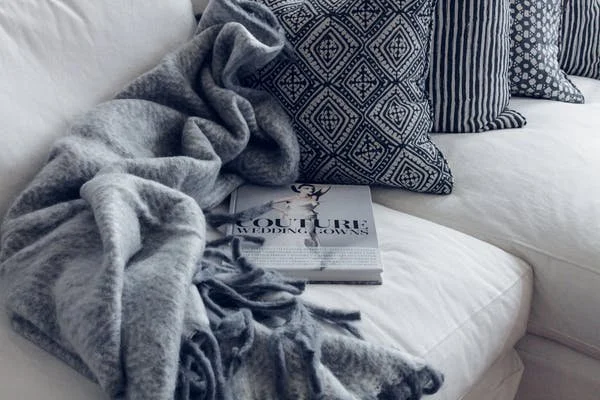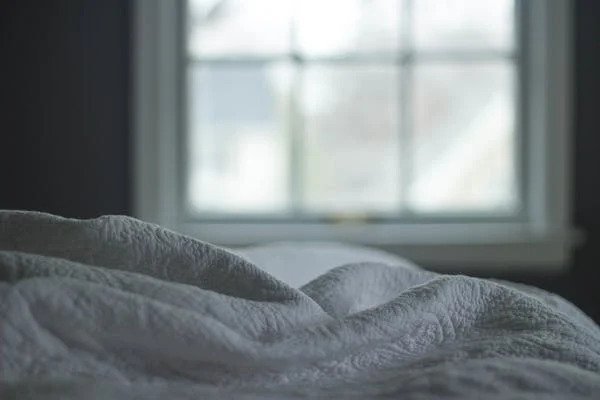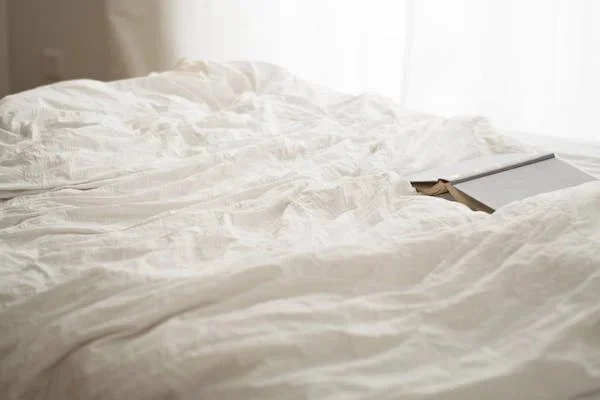How Plumbing Projects Can Be More Sustainable
RH Business Marketing Solutions
From bungalows and mansions to small establishments and skyscrapers, every structure needs a form of plumbing to function properly. Plumbing systems don’t only transport fluids for various applications, but they also remove liquids and waste. Given how important plumbing is in the management of water, it has a role to play in achieving sustainability.
If you have a plumbing project on the horizon, be it a repair or an overhaul, there are plenty of sustainable practices you can follow.
Hiring professionals
Yes, you can look up guides online, buy your own tools, and do your own plumbing. However, the question is not whether you can do it or not. The question is if you can do it as efficiently as possible. Compared to a professional plumber with years of experience, you are more likely to make mistakes, which means wasting materials.
If you want to ensure your plumbing project is efficiently done, you should hire a licensed professional. An experienced plumber knows which materials are of quality and are less likely to make mistakes. Their skills result in an overall better plumbing system which is less likely to require any repairs in the near future. A professional can also provide you with recommendations on maintenance.
Green plumbing companies
You can further decrease the carbon footprint of your plumbing projects by choosing to hire professionals employed by green plumbing companies. Plumbing companies also have a role in sustainability, and it’s important that consumers patronize those who are pulling their weight. By making sure you only give your money to companies that follow corporate sustainability practices, you incentivize going green. Below are the things you should consider when searching for a plumbing company.
Green America’s Green Business Certification - a plumbing company that has this certification has proven that it operates to improve the health and carbon footprint of its community. Applying for this certification takes plenty of time and requires an audit of the company’s systems and operations. If a plumbing company has this certification, you can rest assured they’ve pulled all the stops to make their operations sustainable.
Eco-friendly services - aside from a green certification, you should also look for a company that offers more eco-friendly services. These services may include offering solar water heaters and pressure regulators, which are ideal for residential buildings. The more eco-friendly options a company provides, the better. Providing such services is expensive, both for the company and its customers, which further shows its commitment to sustainability.
Regular maintenance
Don’t shrug off leaks and other minor plumbing problems. Small leaks can easily add up to liters of wasted water when neglected for a long time. Make sure your plumbing system receives regular maintenance. Not only will this ensure that leaks aren’t ignored for a long time, but it will also improve the longevity of your system. Having a professional make scheduled visits also guarantees small problems are dealt with early, preventing a bigger headache in the future.
Eco-friendly fixtures and appliances
The sustainability of your plumbing system is still greatly impacted by your water usage. No matter how efficient your system is, you won’t be doing any good by keeping the tap flowing when not in use. Apart from being wise on water usage, you can also install eco-friendly fixtures and appliances to help you in water conservation. You have many options such as water-saving toilets, water-saving showerheads, pressure-reducing valves, and rainwater tanks. When purchasing appliances, look out for their WELS rating. The more starts the appliance has, the more water-efficient it is.
Recycling system
Greywater is wastewater generated by households or office buildings without any fecal contamination. With a recycling system, this wastewater can be reclaimed and used for gardening or toilet flushes instead of going straight to the sewers. You can set up the system to automatically redirect greywater to wherever it's needed or into a treatment system to store it for future use. Of course, doing so entails a big expense, but it’s well worth it if it’s feasible in your situation.
Don’t skimp on materials
Just like in hiring a professional, you shouldn’t cut corners on plumbing materials. You don’t necessarily need to buy the most expensive products you can get in the hardware store, but you should avoid buying cheap or sketchy ones. Higher quality materials last longer and are generally easier to maintain. A plumbing project built using sturdy materials is less likely to require frequent repairs, making it more efficient and sustainable. Investing in higher quality materials will cost you more money upfront, but will save you a lot of money down the road.
Conclusion
Plumbing is critical to water conservation and wastewater management, both of which are directly tied to sustainability. If you’re going to have a plumbing system installed in your new house or replacing one, there are many ways you can ensure it’s sustainable. You should partner with green plumbing companies and ensure your plumbing system is built using the best materials.
Guest Contributor: Bash Sarmiento



















